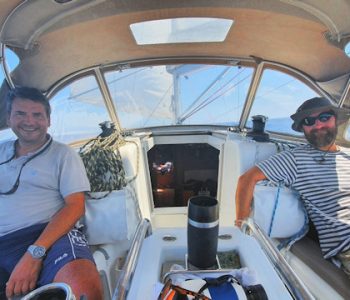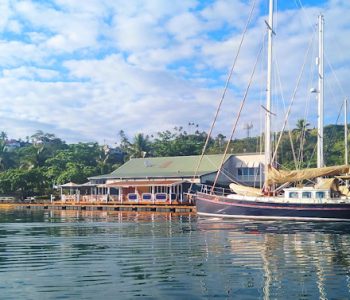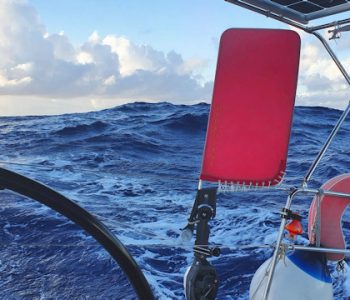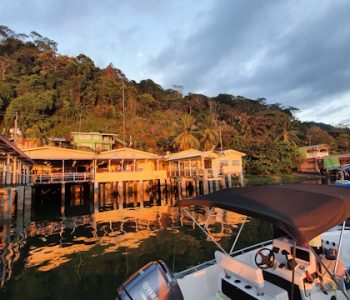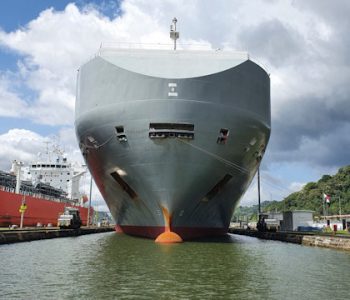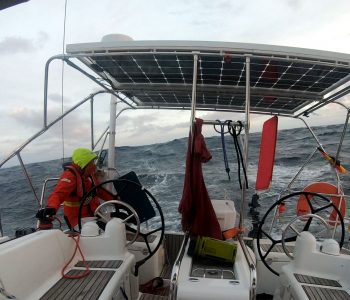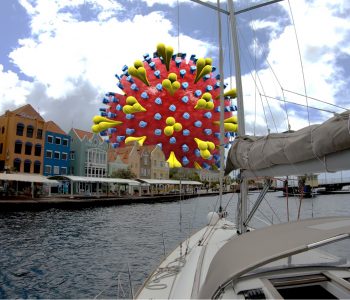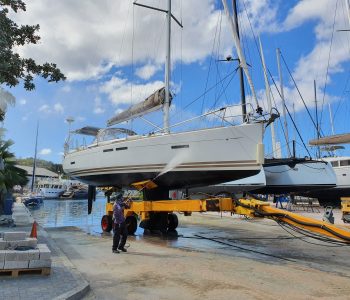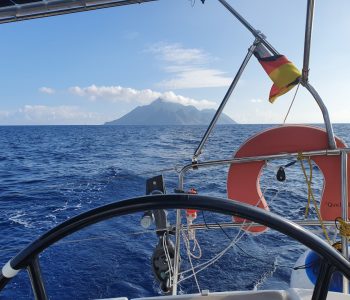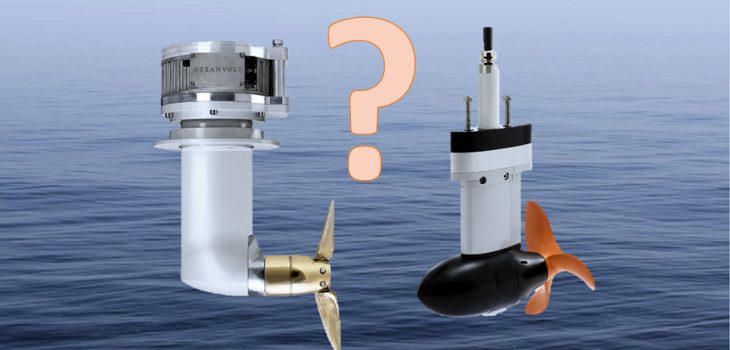 Allgemein
Allgemein
Torqeedo or Oceanvolt – the right question?
At the beginning of my plans it was the question of these two. But the more I deal with the electric propulsion for sailing yachts, the greater the room for options. At some point I just have to start. But as long as the initial setup and the ship are not fixed, some research can not hurt. Besides Oceanvolt and Torqeedo are certainly other options. First of all Elco, a traditional manufacturer of marine engines, there is also Electric Yacht from the USA and now Bellmarine, which I didn’t really have on the list yet.
I became aware of Bellmarine when I discovered the project SV-Volt. That would be a very interesting ship, unfortunately not finished yet and probably by a factor of 5-6 above my budget. But back to the engine! Which is the right drive? The initial research is very much influenced by marketing. High time to find concrete KPIs for the right strategic decision. What would be the right? How can I measure them? Does anyone have an opinion on this? Then I am happy about your Feeback. Until then, I’ll throw some into the race:
Stability
The engine should be designed for continuous operation. Unfortunately, I have not been able to find any valid statements about this so far. There will be no more long-term data from practice. The technology is simply too new. On the other hand, a failure off shore would be quite fatal. So, there may be two engines or I have to take an extensive spare parts store on board.
Performance
About 1 kW per ton should be able to be brought to the shaft. This corresponds to about 3 diesel horsepower due to different characteristics of electric and combustion drives. A bit more would be good, but the power requirement near the hull speed increases exponentially, so that the effort for the battery and the necessary cooling for the battery and engine are no longer justifiable.
The idea of being able to fight against heavy weather with more power quickly becomes relativized, once calculated that a relatively small wave that lifts a 10-ton yacht by one meter in 2 typical seconds already has a 49 kW impact on the ship.
Efficiency
How much energy leaving the battery is converted into propulsion? Several components playing a role here and hardly any manufacturer dares to make statements about this. Annoying because it’s crucial for sizing the components and the range of a ship. Only at Torqeedo and Oceanvolt I have been able to find information on this. The current benchmark is currently the 56% of the 10 kW pod-drive of Torqeedo. However, the loss of battery to engine has probably not yet been taken into account here. Oceanvolt’s 15 kW ServoProp achieves about 51%. So, more than 50% is the goal.
Rekuperation
It seems, that all engines can recuperate. But so far I could only get a statement about performance from Oceanvolt. With the ServoProp-System the ship can generate about 1 kW at 7 knots. At 8 knots it’s already 2 kW but at 4 knots energy production is almost negligible. This also gives me the goal for a ship with at least 12m waterline within the available budget. Because the possible speed is limited by the hull speed (vhull=2,43*√lwl).
Propeller
Metal or plastic? Fixed or foldable? Variable pitch or not? In the case of sureplus electrcal energy, a foldable propeller would certainly be better, because the speed of sailing is about 10% higher. If it is predominantly recuperated, it does not matter. The fixed propeller is much cheaper. The energy balance is unknown. So, “start small”? Will it be a fixed propeller?
What’s your opinion?
